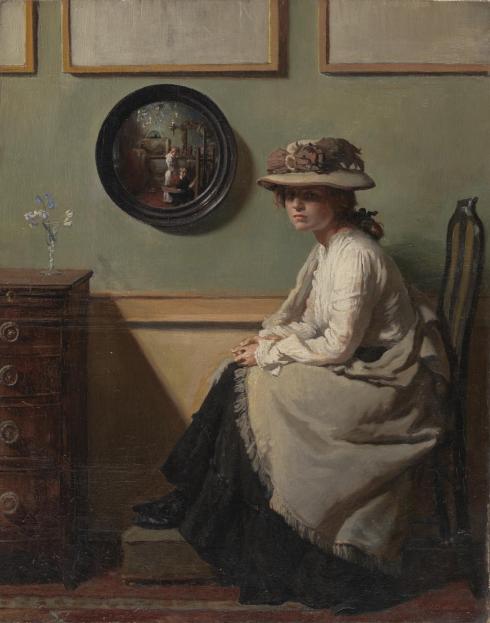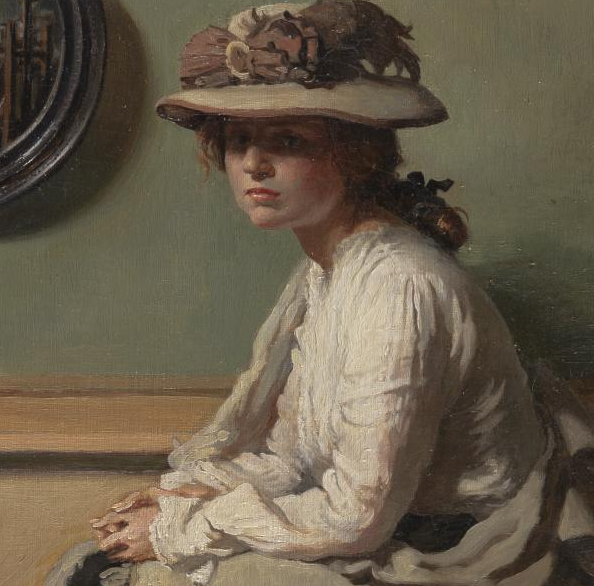A very interesting drawing of a Satyr by a Rococo painter Jean-Antoine Watteau.

Jean-Antoine Watteau, Satyr Pouring Wine, 1717, Black, red, and white chalk
Awhile ago I stumbled upon this interesting drawing of a Satyr pouring wine. It looks sketchy and unfinished, but the male nude is certainly striking and a bit mysterious. Robust body captured in the movement, pouring wine but the wineskins in his hands are left undefined. Some parts of the body are very detailed and precise, such as the torso and the shoulders with generous strokes of black and some red on the hands, while other parts like legs just simply vanish. And notice the playful swirls of black for the hair. The face expression looks focused, the gaze intense, looking downwards. It looks swift and energetic, the artist really had a hard job capturing that satyr pouring the wine before the action was completed and the satyr wandered off not wishing to be the star of the canvas. Being fond of Satyrs, Fauns and other wild creatures from Greek and Roman mythology, I was instantly taken by this drawing. What a robust male nude, what a determination in the drawing, especially considering the limited colours.
I was quite surprised to learn that the author of this drawing was none other that Watteau. I usually connected Watteau with more delicate, gentle and dreamy works of art; paintings where refined, elegant couples spend idle hours in the forest, a world of silk dresses and celebrations of love, a world where a pale melancholy Pierrot dressed in an oversize clothes is the true tragical hero… I don’t see how a drawing of a nude Satyr would fit into this elegant world laced with sweet sadness that Watteau had created in his short life but I guess I know nothing of Watteau’s imagination! In Greek mythology Satyrs were presented as wild creatures of the forest with mane-like hair, faces like beasts, and similar to Faun, they love to indulge in drinking wine, dancing, chasing local beauties, most often unsuccessfully. In my humble opinion, Watteau could have added a few more touched to this mane-like hair, make it look more like Jim Morrison’s hairstyle, but that’s just my opinion. In this drawing Watteau used his beloved trois crayon technique (“three chalks”) using three colours; red, black and white chalk on paper. But it isn’t really three colours but four, because there is the colour of the paper which in this case perfectly matches the skin tone of the Satyr. This study is connected to the lost painting “Autumn” which was part of the cycle commissioned by the banker Pierre Crozat.
 Circle of Watteau, Head of a Satyr, no date, Black and red chalk, heightened with yellow chalk with traces of white chalk on brown paper
Circle of Watteau, Head of a Satyr, no date, Black and red chalk, heightened with yellow chalk with traces of white chalk on brown paper





